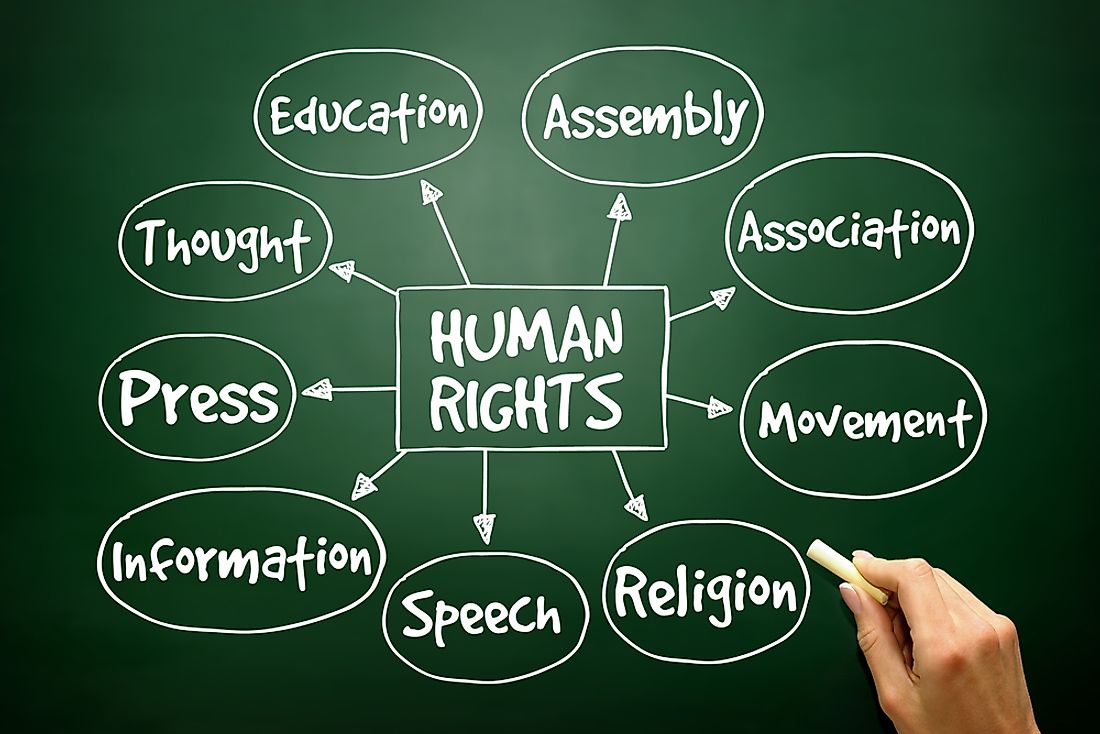Development of International Human Rights Law

What is a Human Right?
A human right is a moral claim provided in law which places a certain duty on the state. Such duties include: protection, respect, fulfilment, and promotion of these rights by the states. Human rights can be in the national, regional, or international levels. International human rights is the infusion of human rights laws at an international level.
Human rights can be classified into three generations. The first generation is called blue rights which are rights of individuals against the state such as civil and political rights. The second generation is called red rights which foster equality between citizens. Examples of red rights include economic and social rights. The third generation of rights are called green rights which are group rights such as the right to development and the right to a clean environment.
Human Rights in the Modern Age
International human rights are a 21st century concept. Previously, international law was not catered towards individual rights since international law was seen as a law dealing with states only. However, rights that pertained to piracy and slavery were considered.
The establishment of the League of Nations in 1919 was a major turning point for human rights. It was formed after World War I to promote peace. Some of the notable articles that provided for human rights are Article 22 on freedom of conscience and Article 23 on equal treatment. However, it remained a European-centred institution and was dissolved in 1946.
After World War II, there was a need to enact an international system to promote peace and human rights. The UN Charter was promulgated in 1945. It became the first legal basis for international human rights with pertinent provisions such as Article 1(3) on the promotion of human rights, Article 13 on the recognition of human rights, and Articles 55, 56, 62, and 68 among others.
The Charter was seen to have more of a political language rather than a legal one. This necessitated the need to incorporate a bill of rights. This was done through the establishment of the UN Commission on Human Rights. This Commission opted to have the bill developed in the form of a declaration, which could exert both moral and political influence on states.
The Universal Declaration of Human Rights
In 1948, the Universal Declaration of Human Rights (UDHR) was born. It was not intended as a legally binding document but was intended to be "a common standard of achievement for all peoples of nations". It has 30 articles covering rights such as liberty, security, equality, and more.
In 1952, a decision was made to build upon the Declaration by dividing its provisions into two: civil and political rights, and economic and cultural rights. This saw the adoption of the International Covenant on Civil and Political Rights (ICCPR) and the International Covenant on Economic, Social, and Cultural Rights (ICESCR). Both Convenants came into force in 1976.
The UDHR, ICCPR, and ICESCR are now what constitute the international bill of rights and out of them, a myriad of treaties that address specific violations have been adopted. Some specific treaties include CEDAW, CAT and CRC among others.
Despite the fact that the UDHR is not legally binding, it has retained its significance and symbolic force to date.











